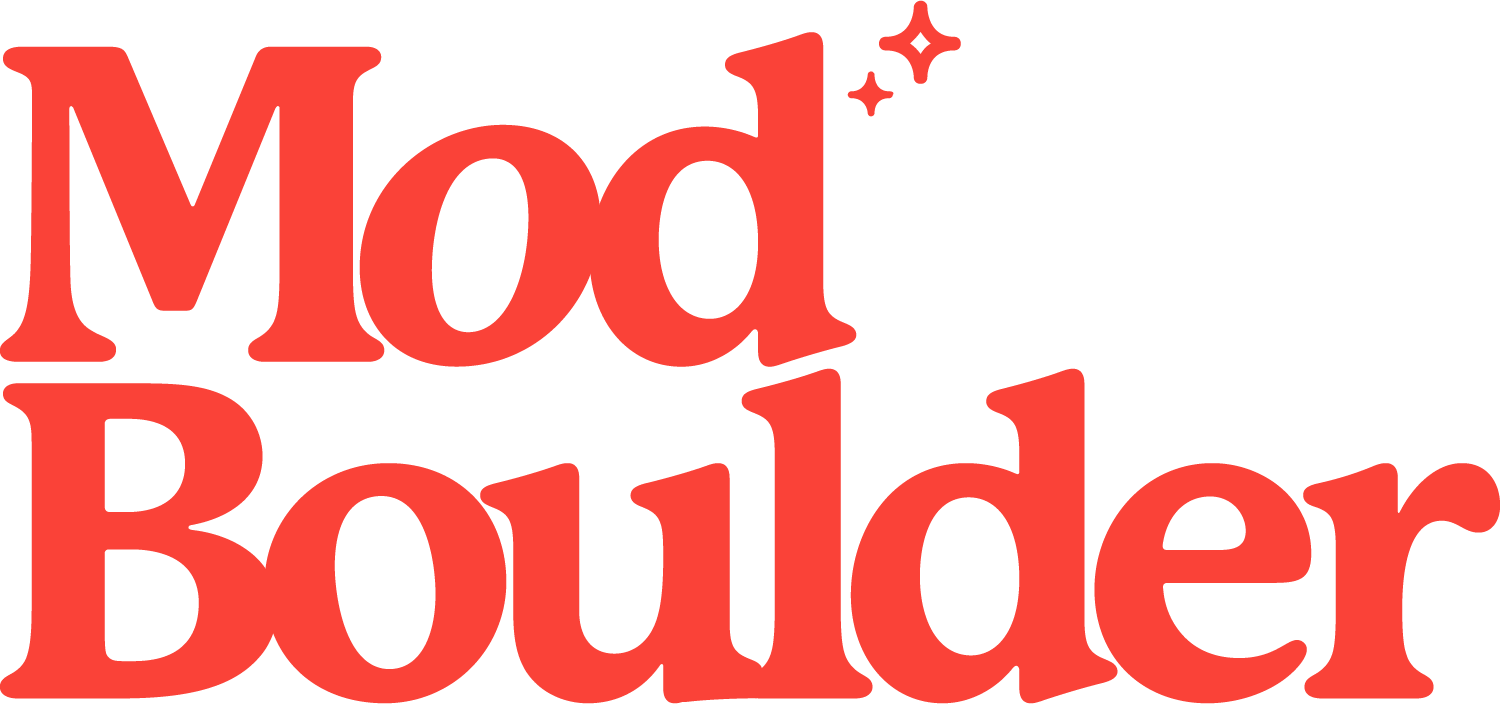Real Estate’s New Pokéconomy?
In Redmond, Washington, a recent listing for a newly remodeled home features new hardwood floors, a tankless water heater, a new roof—and a Pokémon Gym less than five minutes away.
In a small British Columbia town, a fresh listing advertised a single-family home as “conveniently located between two Pokémon Gyms and has eight Pokéstops within walking distance.”
A Lansing, Michigan community is advertising its location as “within a mile of several Pokémon stops and home of recently captured Paras, Shellder, Drowzee, Squirtle, Bellsprout, Odish, and so many more!”
We’re all familiar with real estate’s ubiquitous mantra, “location, location, location.” Walking distance to downtown is a definite plus, proximity to trendy coffee shops is key, and having a school nearby all add value to a home’s price. But with the rise in popularity of an augmented reality video game, what if walkability soon gains a virtual component?
Welcome to the summer of 2016, where Pokémon Go reigns supreme as the season’s monolithic cultural phenomenon. Pokémon Go, an augmented reality game played on your Android or iOS device, brings the world of Pokémon (short for “pocket monsters”) to life, allowing players to get outside and catch elusive creatures everywhere—at home, in their backyards, and even in public places such as neighborhood sidewalks, local parks, and stores.
And just like many recent digi-trends, Pokémon Go has quickly found its way into the real estate market. Featured in Craigslist ads, Zillow listings, and open house announcements, Pokémon Gyms, Pokéstops, and rare Pokémon critters are being used to entice both renters and buyers to certain locations. “This game is sweeping the nation so fast that agents are referencing it in the description,” says Nick Baldwin, co-founder of Lab Coat Agents, an online real estate social learning group. “It’s amazing how pop culture can be used to sell homes.”
But I’ll back up for a Poké-second. By now, almost everyone’s heard of Pokémon Go and many—many!—around the world are playing (the game has more registered users than Twitter). If you aren’t sure what Pokémon Go is, here’s a quick primer of the basics. “Trainers,” feel free to skip ahead.
Pokémon Go Basics
There are two main focuses playing Pokémon Go: collecting all 145 different types of Pokémon or up-leveling to make your trainer as powerful as you can through various training exercises. And like any role-playing game, the more time you put into it, the better your character (known as a "trainer," in Poké-speak) will become.
Using your device’s GPS, the game scans your surroundings and locates any virtual Pokémon in the area. Some types of Pokémon are common and will pop up regularly, but others are quite rare—and all of them are constantly on the move. When critters appear on your screen, you’re given the chance to catch it, adding it to your collection, also known as your Pokédex.
There are locations that spawn wild Pokémon (offering up opportunities to rack up some of the rarer types), Pokéstops that reward players with extra items, and Gyms that allow players to participate in training exercises that build your Pokémon’s strength—and hopefully take control of the Gym.
There’s a wealth of additional details and nuances to the game, but this, my Poké-friend, is the overall gist.
A Poké-Listing Near Boulder
For Boulderites who need a good walking path to hatch eggs, a place buzzing with Pokéstops, and a hotspot with a reputation for spawning rarer Pokémon, make sure to check out our listing at Lafayette's Waneka Lake. The 1.2 mile loop around the lake is great for those on two feet or two wheels, and boasts three Gyms and over a dozen Pokéstops around its shady perimeter.
Pokémon’s Effect on Real Estate
While Pokémon’s initial effects may be novel, there’s a definite lasting component to its popularity. In addition to restaurants offering specials on drinks and snacks for Pokémon players and ailing malls using its popularity to rejuvenate lagging foot-traffic, both residential and commercial real estate are jumping aboard the Pokémon train. Weekend open houses are advertising nearby Pokéstops, and shared office spaces—a growing trend among self-employed millennials—are doing the same. "With the millennials and open office space, I wouldn't be surprised if we see advertising office space as a Pokémon Gym now," said Deborah Bruzzo, a DC-based commercial real estate agent, in a recent interview with CNBC.
Above all, the main factor in using Pokémon Go’s popularity is increasing foot traffic. If Pokémon ushers in more feet, eyeballs, and wallets into open houses, the foot traffic could give the impression of increased competition for that listing, driving the number of offers and possibly even the sale price. This trend, my Poké-friends, may be the latest way real estate agents are playing the game by using the game.


